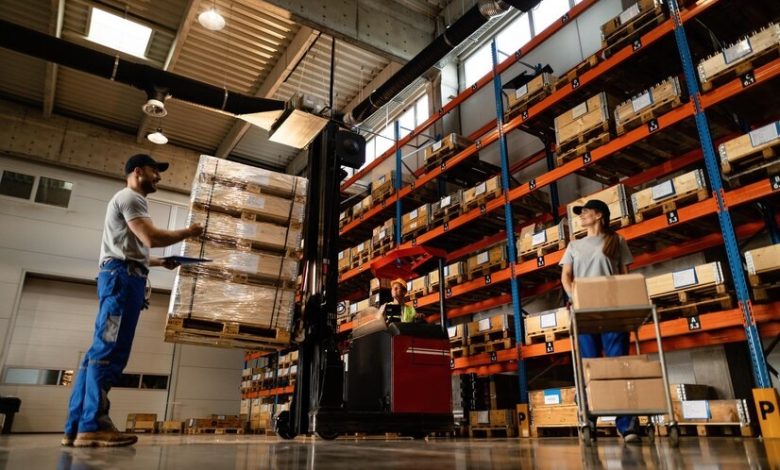Maximize Warehouse Efficiency with Smart Automation

The era of technological advancements has transformed how warehouses operate, making it crucial for businesses to stay competitive by implementing smart automation solutions. From reducing operational costs to enhancing accuracy and speed, the benefits are substantial. In this evolution, understanding and deploying the ideal technological tools can revolutionize your logistics performance.
Table of Contents
The Crucial Role of Automation in Modern Warehousing
Warehouses are no longer just static storage spaces; they are dynamic hubs vital to the supply chain’s efficiency. By integrating automation technologies, such as robotics, AI, and advanced data analytics, warehouse operations can be significantly optimized. Automation not only speeds up processes but also minimizes human error and labor costs.
Consider engaging a logistic consulting firm to analyze your current setup and recommend the appropriate technologies that align with your business objectives. Their expertise can be invaluable in navigating the complexities of warehouse automation.
Key Technologies Driving Warehouse Automation
Robotics: The Backbone of Automation
Robots in warehouses are no longer a thing of the future. They perform various tasks, from sorting and picking to packing and shipping. Automation via robotics not only accelerates these processes but also ensures precision, leading to increased customer satisfaction.
Data Analytics: Smart Decision Making
Leveraging data analytics in warehouse operations allows managers to make informed decisions based on real-time data. This insight helps in anticipating demand, managing inventory levels, and planning resource allocation more effectively, which in turn enhances overall operational efficiency.
AI and Machine Learning: Predictive Power
AI and machine learning technologies offer predictive capabilities that streamline warehouse operations. From forecasting inventory needs to identifying potential bottlenecks before they become issues, these tools provide a strategic advantage in managing warehouse operations.
Integrating Automation: Steps to Success
Implementing warehouse automation may seem daunting, but with a structured approach, it can be seamlessly integrated. Start by setting clear goals on what you want to achieve with automation. Subsequently, assess your current processes to identify areas that would benefit most from automation.
Partnering with technology providers and logistic consulting experts can facilitate a smoother transition. They can help customize solutions that fit your specific needs while offering support and training for your team.
Challenges and Solutions in Warehouse Automation
While the benefits are clear, several challenges could arise, such as high initial costs and resistance from staff accustomed to traditional methods. Planning a phased implementation can help mitigate these challenges. Starting small, with one or two processes, allows your team to adapt gradually.
Additionally, providing comprehensive training and emphasizing the benefits to all team members will aid in overcoming resistance and ensure a collaborative approach to adopting new technologies.
Conclusion
Embracing smart automation in your warehouse operations offers a strategic advantage by improving efficiency, reducing costs, and enhancing service quality. The journey requires careful planning and execution but leads to significant rewards. Stay ahead of the curve by exploring and investing in new technologies that propel your warehouse into the future. Now is the perfect time to act and transform your logistics operations. Open your doors to the possibilities that automation brings and watch your business thrive in a competitive marketplace.

